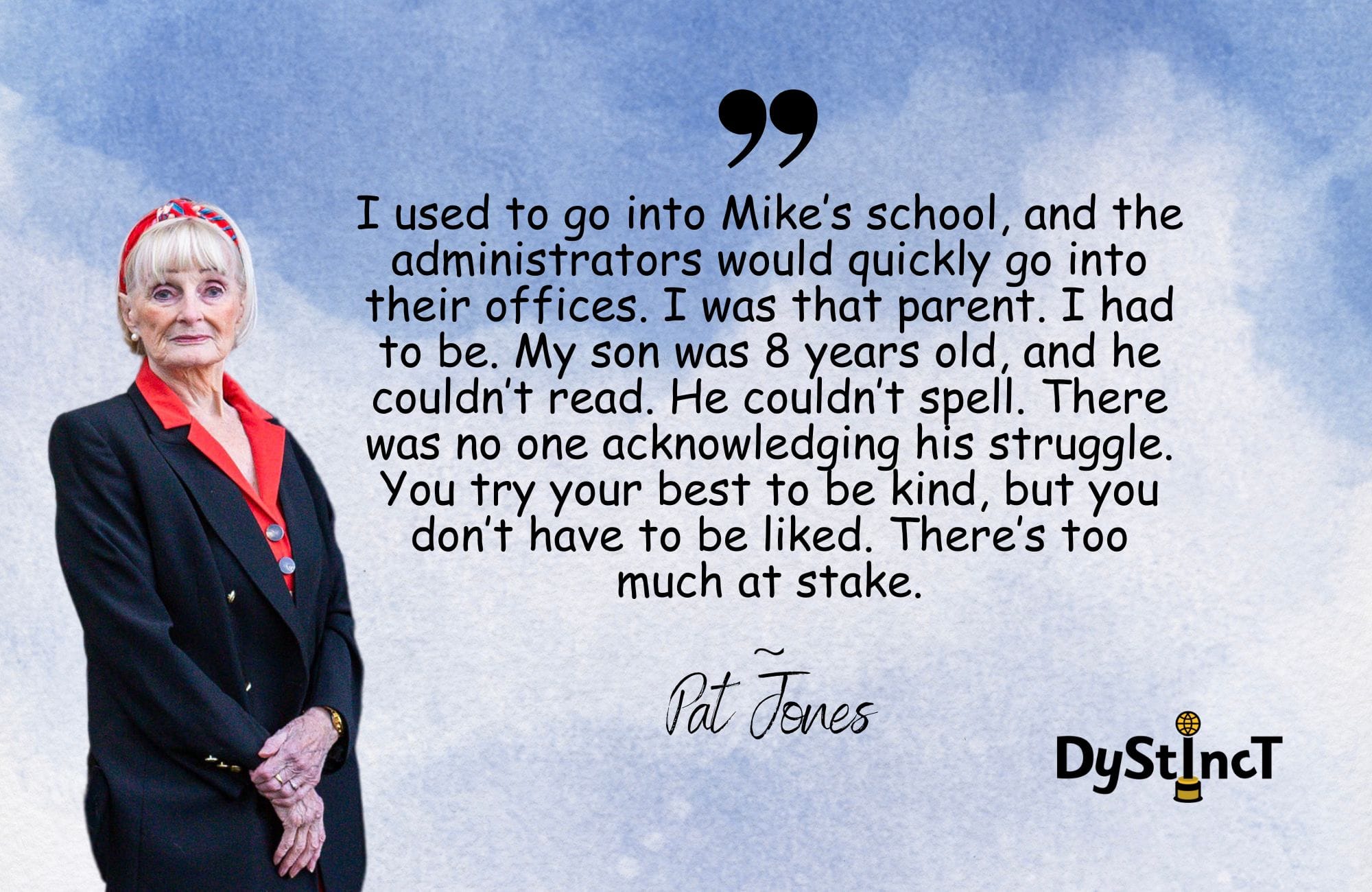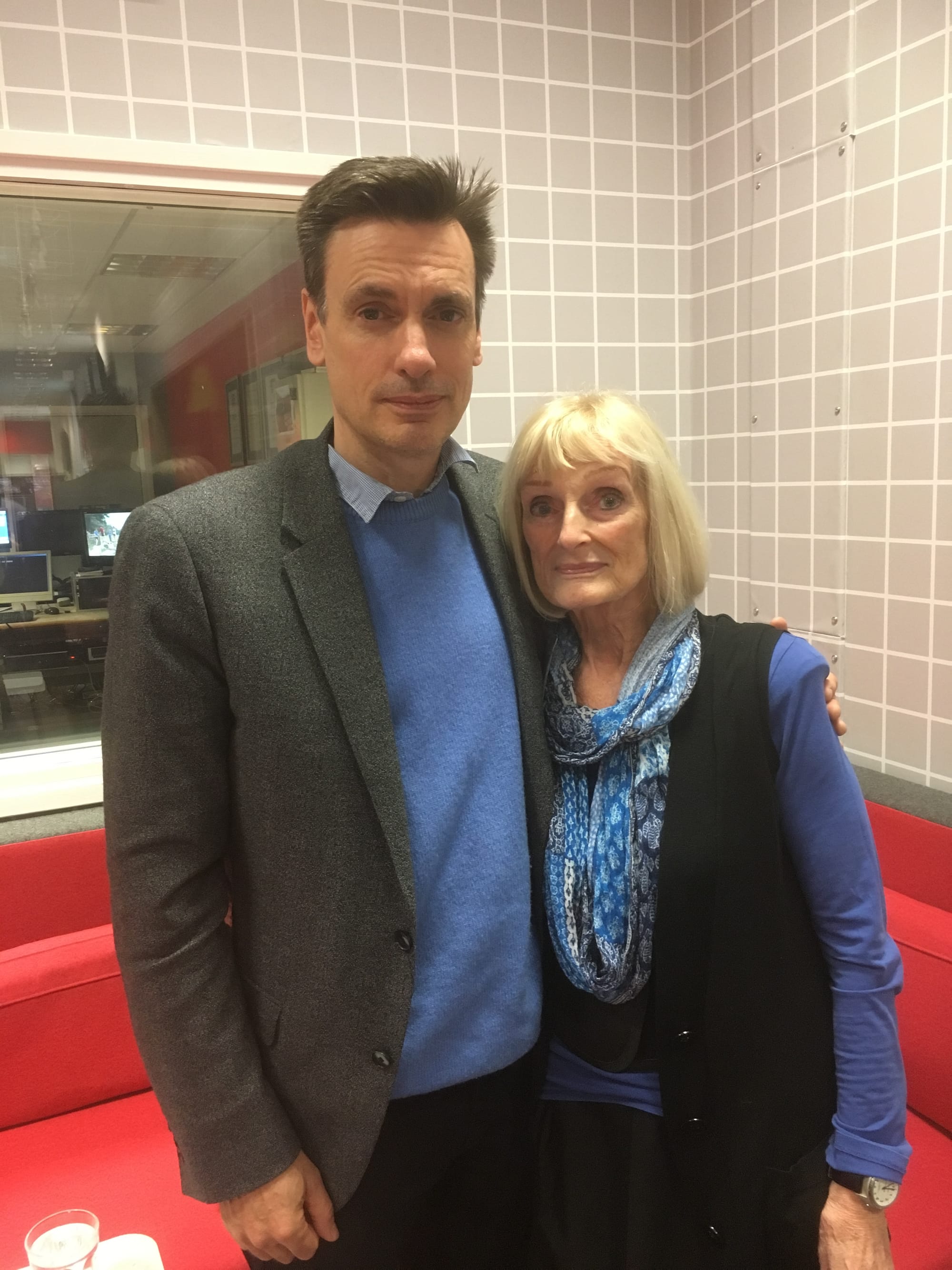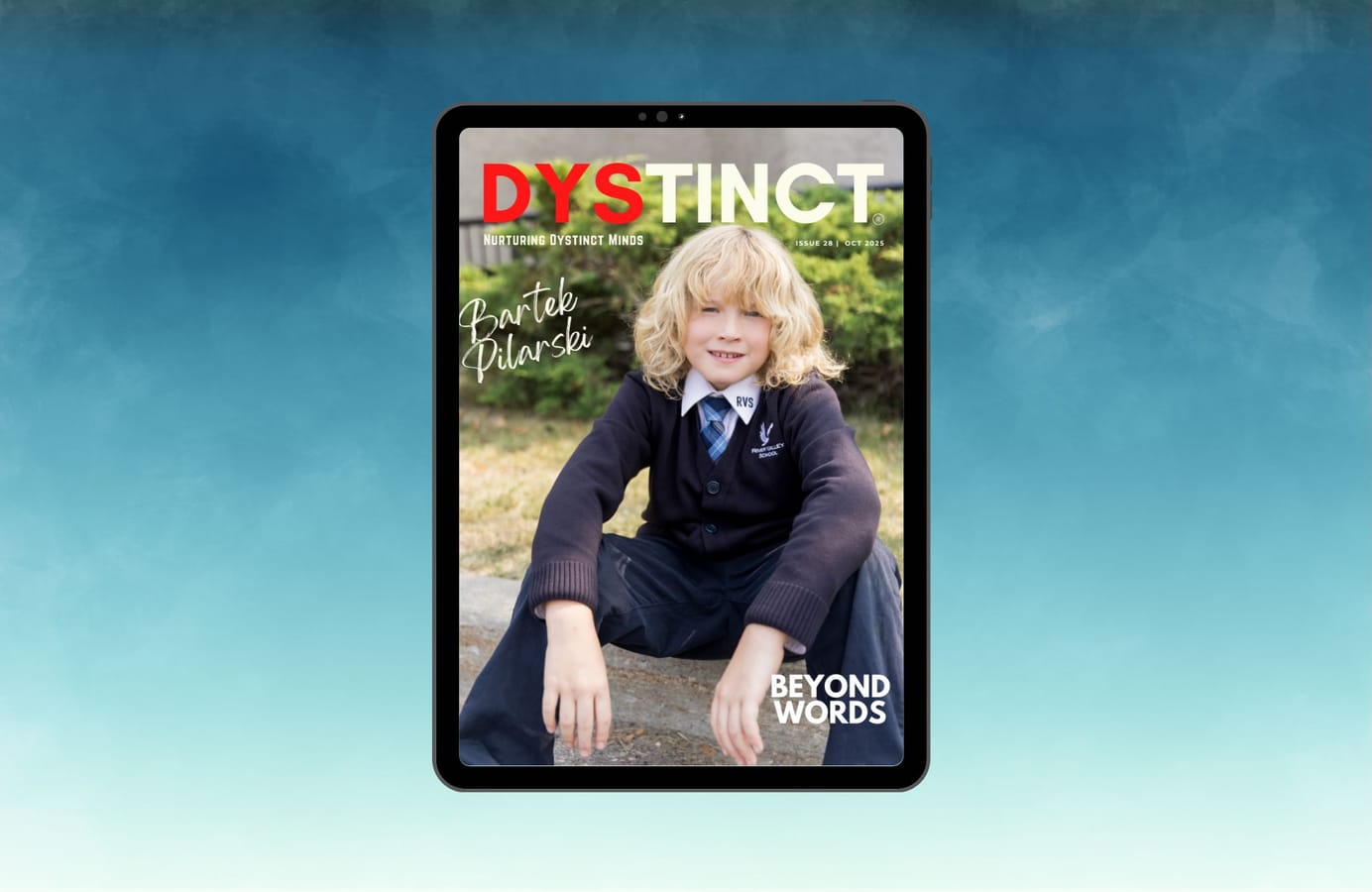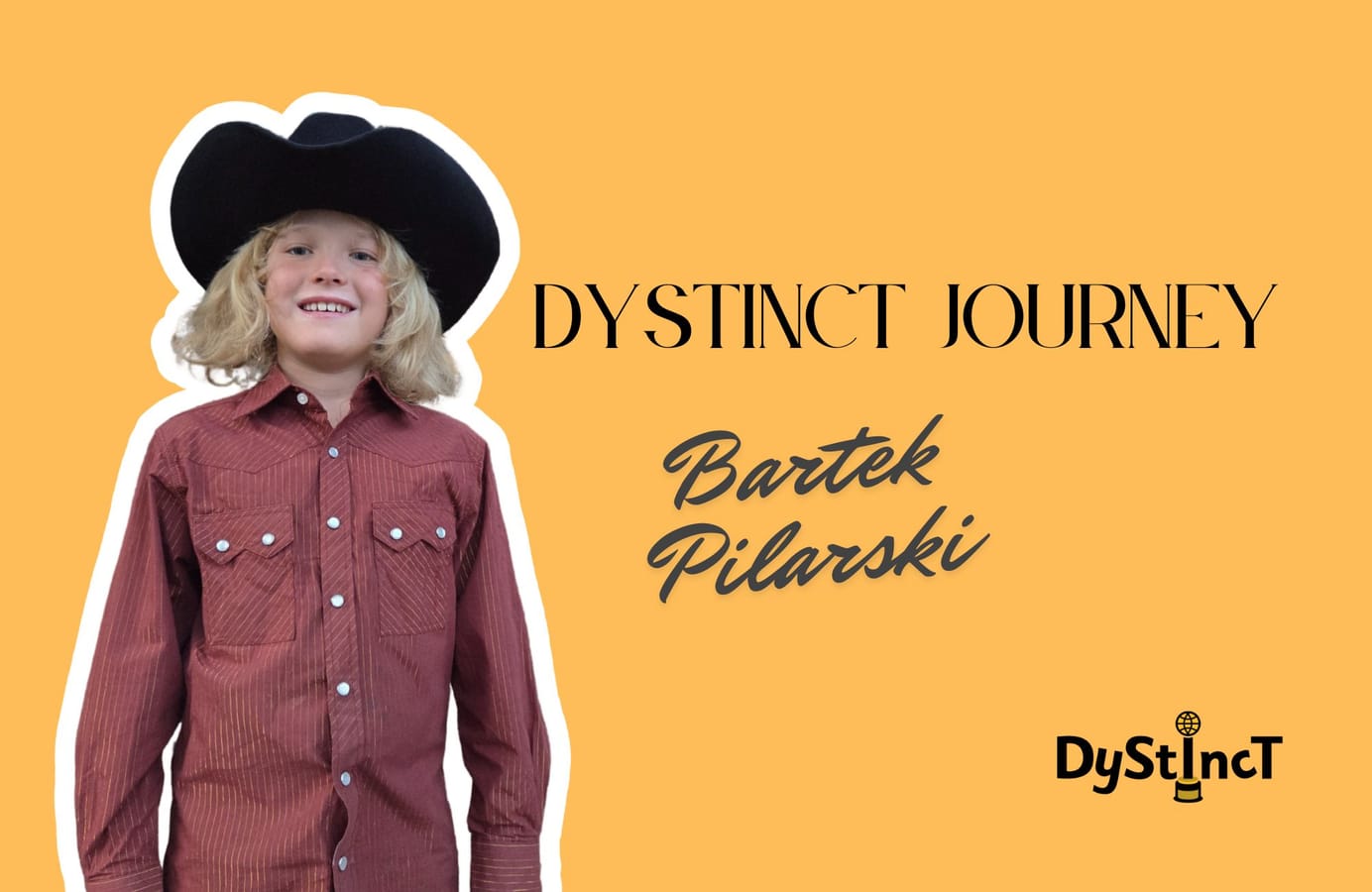
Issue 20: Legacy of Literacy: Honouring a Luminary | Pat Jones
Legacy of Literacy - Honouring a Luminary: This article celebrates the lifetime dedication of Pat Jones OBE to dyslexia advocacy and education as she retires, offering a heartfelt tribute to her remarkable efforts in advancing awareness and support for dyslexic individuals.
I used to go into Mike’s school, and the administrators would quickly go into their offices. I was that parent. I had to be. My son was 8 years old, and he couldn’t read. He couldn’t spell. There was no one acknowledging his struggle. You try your best to be kind, but you don’t have to be liked. There’s too much at stake.
~
Pat Jones OBE (aged 80), speaking to a group of parents and educators in Northern Ireland.

This was Pat’s last public speaking event after a lifetime of advocating for dyslexia. A journey that began in the 1970s on the floor of her 8-year-old son Mike’s bedroom, hugging him as he screamed in frustration from not knowing how to read. Little could she have imagined that the journey would eventually lead her to teach Mike herself, then to the classroom, to the community and decades later to receive a very special honor.
Unveiling the Legacy of Pat Jones in Dyslexia Advocacy
Jodi Snowden
Unveiling the Legacy of Pat Jones in Dyslexia Advocacy
I came to know Pat through my own advocacy work in Northern Ireland. As I sat at the event listening to her share her and Mike’s story, I couldn’t help but think of my own childhood dyslexia journey that had begun just a decade after Mike’s, his in Bristol, England, and mine across the Atlantic in America. I had been lucky enough to get diagnosed and receive the help I needed at school.
By 1977, Mike was 9 and had been diagnosed with severe dyslexia the year before. He had also completed a year of being homeschooled by Pat. He had begun that year unable to spell his own name or read a single sentence. His self-esteem had been at an all-time low. Pat had been determined to figure out if and how her otherwise bright and curious child could learn to read.

This post is for paying subscribers only
SubscribeAlready have an account? Log in


